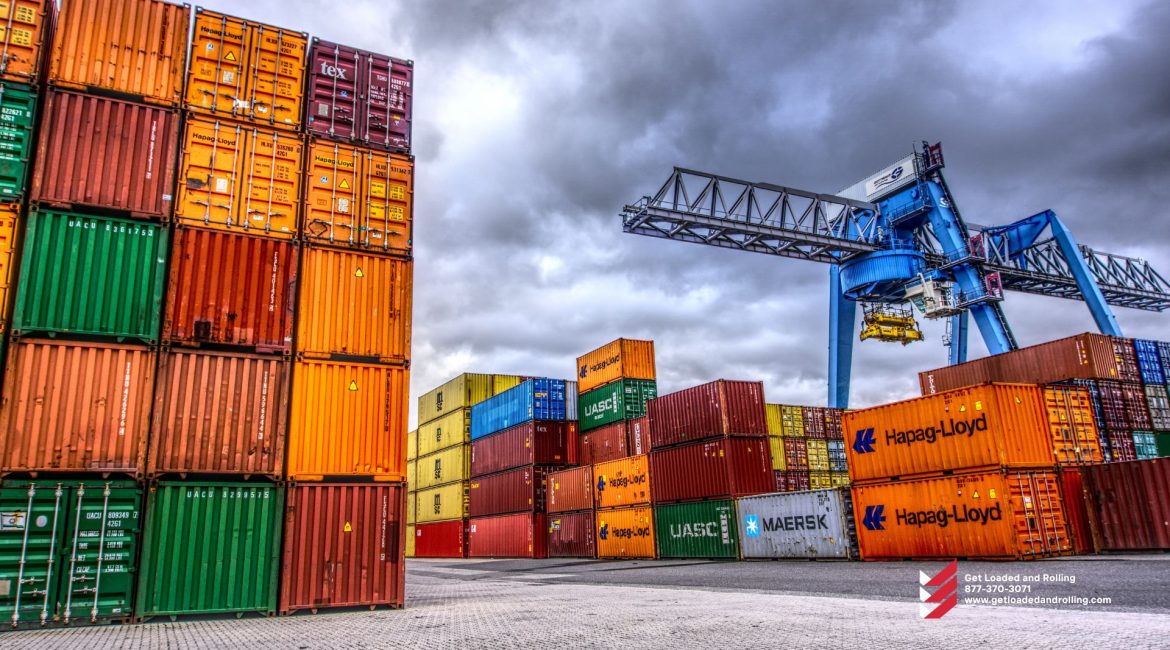September is typically a busy month for West Coast imports as American businesses bring in their year-end holiday merchandise. Not in the year 2022.
During the Great Recession, the Port of Los Angeles posted its lowest September import total since 2009. The day before, the adjacent Port of Long Beach reported its lowest September import total since 2016.
Imports to Southern California ports are rapidly declining as shippers transfer volumes to East and Gulf coast ports in anticipation of disruptions from West Coast port labor negotiations. Concurrently, volumes are now declining across the country due to diminishing demand.
Holiday imports ‘fell drastically.’
“The big story is in September,” said Gene Seroka, executive director of the Port of Los Angeles, during a news conference on Wednesday.
Imports of durable goods purchased in large quantities during the pandemic — furniture, appliances, and so on — began to decline earlier this year. In September, decreases were mostly driven by reductions in seasonal merchandise.
“September has generally been a high-volume month for end-of-year merchandise,” Seroka explained. “Consider toys and games, clothing, footwear, and other items.” Those holiday gift products fell significantly compared to previous September, owing primarily to their early arrival. This year’s peak season was in June and July, as clever importers brought up the delivery of these items to restore some predictability to when they may reach market.”
Seroka stated that “anxiety over dockworkers labor contract disputes [was] a major factor contributing to volume decreases” while discussing the shift to East and Gulf coast ports. He believes the shift will “certainly continue until a West Coast labor deal is in place – which cannot come soon enough.” The previous deal was set to end on July 1.
When asked how October’s quantities compare to September’s, he stated they will be “probably about the same or a little bit lighter.” October is likely to be a slow month.”
LA Imports fell 15% in September compared to August.
In September, the Port of Los Angeles recorded total throughput of 709,873 twenty-foot equivalent units, a 21.5% year-on-year (y/y) decrease. Exports were 77,680 TEUs, up 2.6% yearly, while empties were 288,731 TEUs, down 19.8% yearly.
Loaded imports to Los Angeles totaled only 343,462 TEUs, a 26.6% decrease yearly. Following a 16.7% dip in August versus July, imports fell 15.1% sequentially.
Imports into Los Angeles reached an all-time high in May. Imports fell 31.3% in September compared to the previous month. Imports were the lowest in September since May 2020, when the United States was under COVID-19 lockdowns.
Long Beach, California Imports fell 11% in September compared to August.
The Port of Long Beach recorded overall throughput of 741,823 TEUs in September, a 0.9% decrease year on year. Exports were 112,940 TEUs, up 1.9% yearly, while empties were 286,212 TEUs, up 7% yearly.
Long Beach handled 342,671 TEUs of imports in September, a 7.4% decrease year on year and a 10.9% decrease from August. Long Beach’s imports, like those of Los Angeles, peaked this year in May. September was down 27.5% from the previous peak. Imports have not been this low in a month since June 2020.
The Port of Long Beach’s Executive Director, Mario Cordero, blamed the fall on consumer and retail inflation fears, which “led to warehouses loaded with inventory and fewer product orders from Asia.”
Fewer ships are working at docks.
The enormous number of container ships in anchorages or loitering offshore while waiting for berths in Los Angeles or Long Beach was the focus of the supply chain issue. According to the Marine Exchange of Southern California, the number of waiting container ships has dropped dramatically this year, from a high of 109 on Jan. 9 to only four on Wednesday, the lowest amount since October 2020.
The Marine Exchange also collects information on the number of cargo ships docked in the two ports. This data also reveals a significant — and more recent — shift.
As the supply problem worsened, more than 30 ships were frequently at the two ports’ berths on any given day. Between August 2021 and February 2022, there were 28.8 container vessels docked between Los Angeles and Long Beach daily.
However, in recent weeks, the figures have plummeted to significantly lower levels. From September 1 to Tuesday, the average number of ships alongside was 19, a decrease of more than 30% from peak levels. On Tuesday, 18 ships were docked at the ports. On September 12, there were only ten ships docked.
This is approaching pre-COVID levels. In the full-year 2019, the average number of ships at port berths was 14.8.
